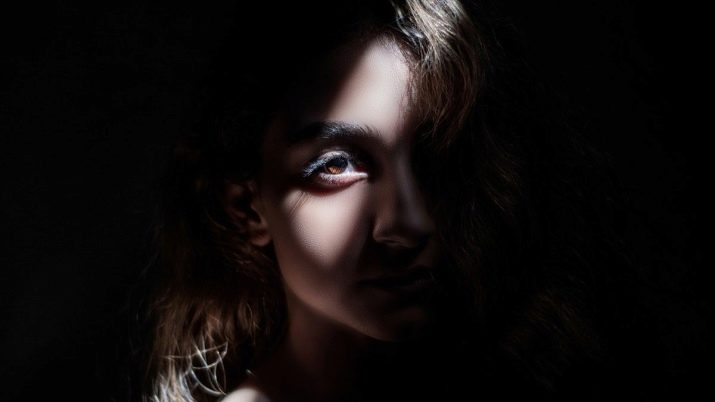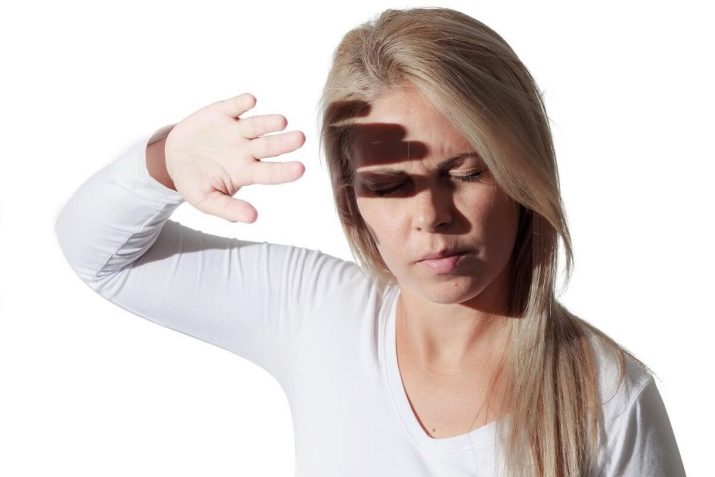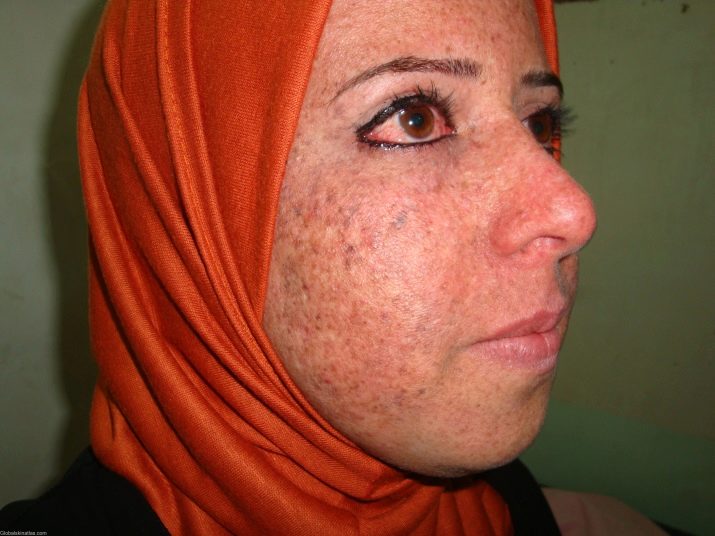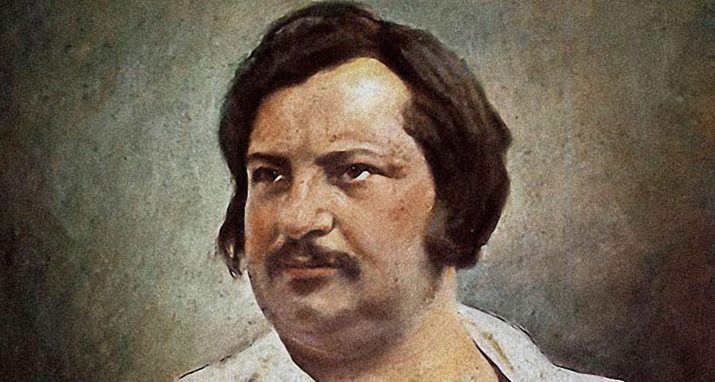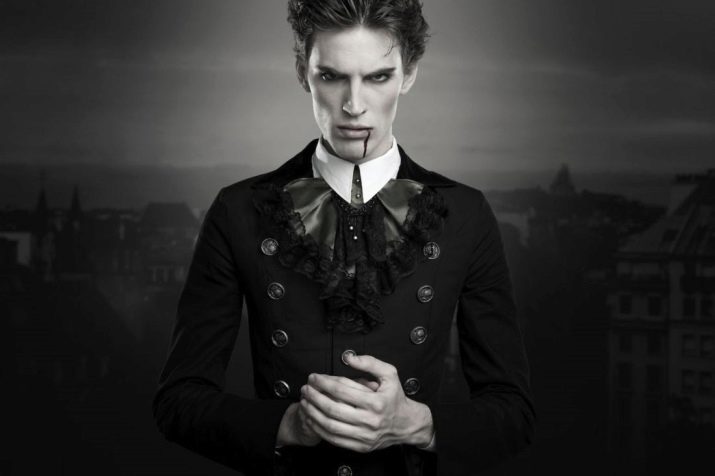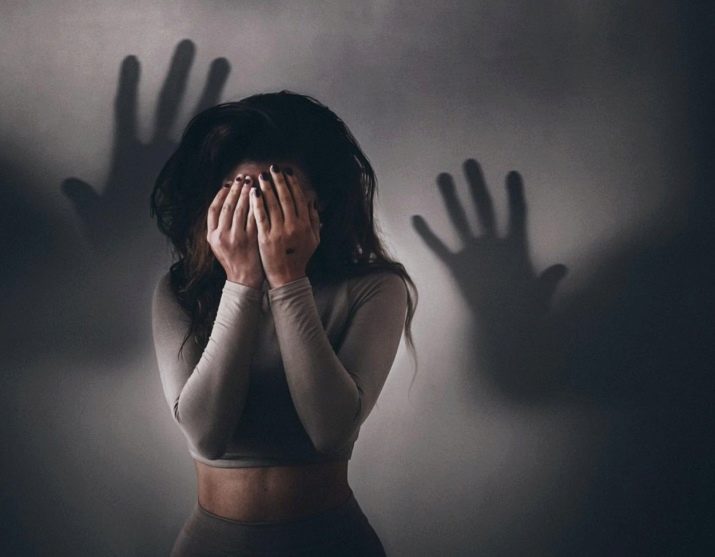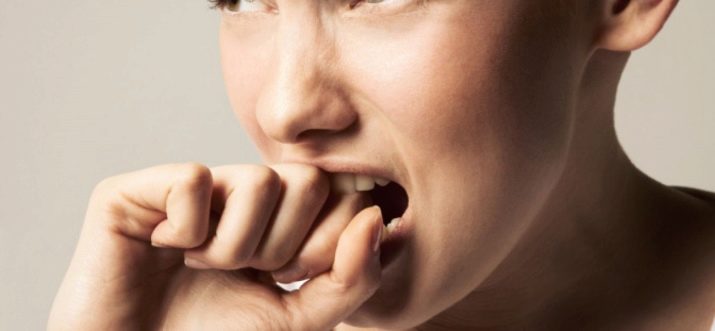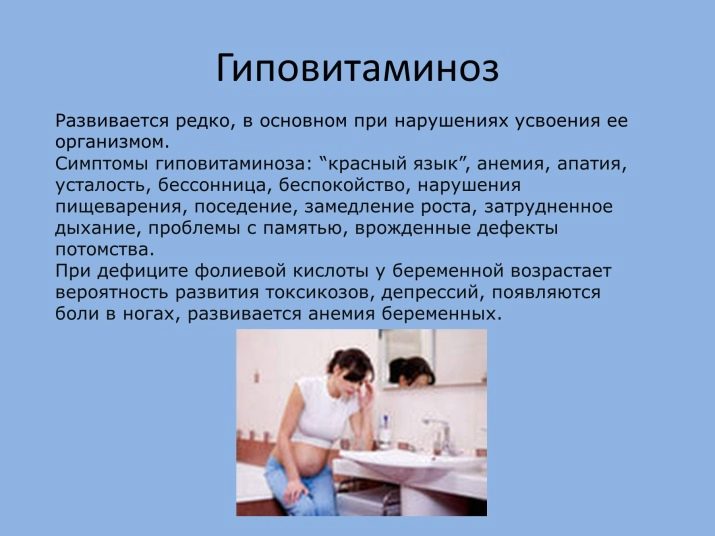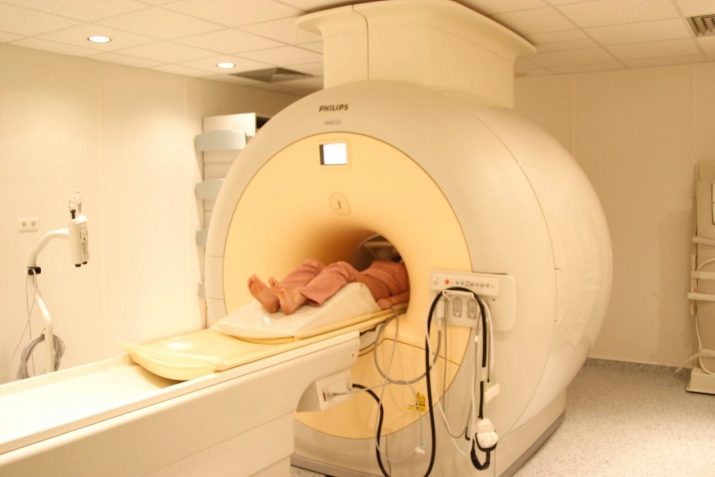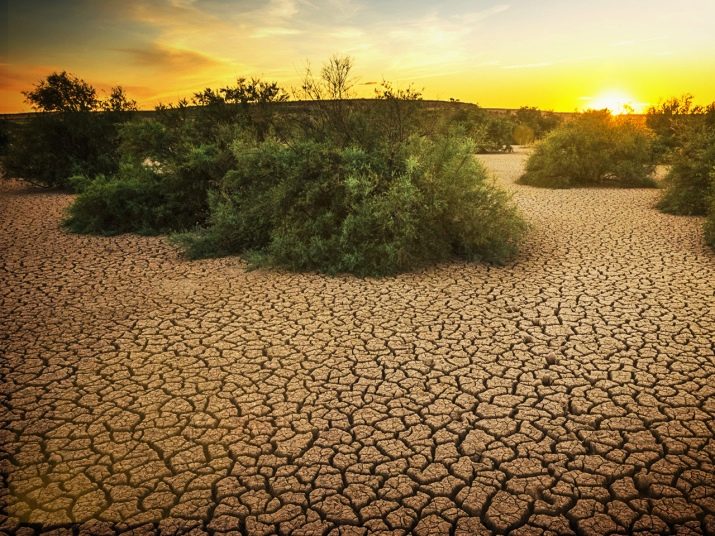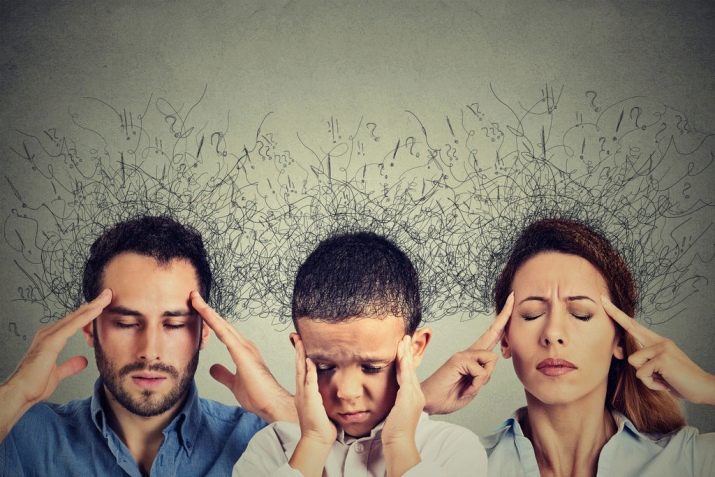We and everything that surrounds us cannot exist without sunlight. It is important for us just as water and air, the entire ecosystem of our planet depends on the influence of the sun. But there are people who will give a lot, if only there is no sun at all - these are heliophobes.
What it is?
Heliophobia is called pathological fear of sunlight, the rays of the sun. It is noteworthy that such a fear is not peculiar to any living being, except man. There are nocturnal animals that have adapted to the dark and spend their whole lives in it, but this has nothing to do with fear.
Heliophobia is a mental disorder, a disease that is classified by modern psychiatric classification as phobic disorders. (code F-40 in ICD-10). This type of pathological fear is not as common as the fear of darkness (nyctophobia), however, according to various sources, about 0.7-1% of the world's inhabitants are afraid of sunlight.
A feature of this phobia is that it is not tied to the natural manifestations of the instinct of self-preservation.
If a person is afraid of depth, darkness, height - this is a hypertrophied “work” of this instinct, which is designed to save a person from extinction. Sunlight is needed by the body and the fear of it cannot be explained by the manifestation of the instinct of self-preservation and survival.
Do not confuse heliophobes with people who suffer from xeroderma pigment. This is a fairly rare dermatological disease associated with the development of severe sunburn, even with a brief exposure to ultraviolet rays. Such people fear the sun quite rightly, their fear is rational. Heliofobes do not suffer from such a thing, their skin is no different from the skin of other people in their properties, nothing threatens them if they are in the sun, and therefore their fear is irrational, unjustified.
Heliophobia is often associated with the presence of other fears.
For example, in patients hypochondria (an obsessive state of searching for diseases in oneself) may develop fear of the sun because of the delusional belief that a person has the prerequisites for the formation of melanoma or other malignant diseases. In some forms social phobia people avoid places brightly lit by the sun for the reason that it seems to them that in such places everyone looks at them, considers them.
With carcinophobia (fear of oncological ailments), heliophobia is initially formed as an accompanying symptom, but over time is transformed into an independent, full-fledged mental illness. Fear of sunlight often develops against the background of neglected agoraphobia (fear of open spaces). But the pathological fear of the sun's rays may well be a separate disorder, and then careful avoidance of the sun is the only "oddity" in human behavior.
Fear of open sunlight, along with a number of other phobias and against the background of the syndrome of obsessive thoughts and actions, suffers actor and film director Woody Allen.
History has retained data pointing to a similar mental illness in the famous writer Honore de Balzac. He was afraid of daylight, the sun did not let him calmly think, work, live and feel happy. The brilliant French writer wrote all his works at night. At dawn, he drank sleeping pills and went to bed, tightly closing the shutters in the house, at dusk he got up, drank strong coffee and sat down for literary work.That he owns the phrase: "If necessary, the night can last forever."
Because of his phobia, Balzac suffered from morphine addiction, since he took morphine as a sleeping pill.
In 2011, a Houston resident Lyle Bensley was arrested in the US, who in his youthful years imagined himself to be a vampire who is not less than 500 years old. He went out at night, and during the day he closed in a dark closet and slept. He was terribly, to the point of hysteria, he was afraid that the rays of the sun would burn him. They detained a young man with delusional frustration and delusions of grandeur only after he had bitten a woman, deciding that the time had come to give his vampire essence complete freedom.
Main symptoms and their diagnosis
In general, heliophobia is an ordinary person, his intellect is not disturbed, his mental abilities are normal. The only symptom is diligent avoidance of situations that can cause an attack of fear.
If heliophobia in a person exposed to it is the only disorder, then the person is well aware that his fear is not justified, that there is nothing to fear. He may agree with such arguments, but when he hits the sun he stops controlling his emotions and may lose control over his own behavior. The brightness of the symptoms with this fear can be different - from anxiety to panic attack.
It should be noted that for people prone to phobias in general, the opinion of others is very important.
That is why heliophobia is sure that its “fad” can be condemned by others, perceived by them with a negative. He fears that a panic attack can happen in public. As a result, heliophobes choose an avoidant type of behavior — they try to eliminate from their lives any situations in which they may experience panic. In practice, this means the following: need to avoid exposure to the sun.
With a slight phobic disorder, when a person is afraid that the sun's rays will cause him severe burns or cancer, Heliophobe can put on closed clothes, gloves, sunglasses, headgear, trying not to leave exposed skin.. In this form, almost year-round, he will leave the house to go to work, study or shop.
Gradually, fear can become stronger and aggravated by social phobia, and then the person will try to minimize the exit episodes to the street in general.
If initially fear is universal, and the patient is afraid of the light of the sun in general, he can switch to nightlife, as Balzac did - to find work on the night shift, to visit only 24-hour shops and shopping centers, to completely close windows with dark blinds or blackout curtains. Light degrees of heliophobia are manifested by the need to go out on a sunny day without fail, with an umbrella to protect from the rays, in excessive use of sunscreen. Heliophobe you will never meet on the beach.
What happens if the “dangerous” situation still overtakes a person is not so difficult to understand. The brain picks up a false alarm signal, a large amount of adrenaline is produced. Pupils dilate, appear tremor, excitement, anxiety.
Heliophobe can not concentrate on anything, ceases to understand what is happening around. Palpitations become more frequent, breathing becomes frequent, shallow, and cold, sticky perspiration protrudes.
In severe cases, vomiting, loss of balance, consciousness. If a person remains conscious, he obeys the commands of the deep central part of the brain - the limbic system. This means that he will show a maximum of speed, endurance, like an avid Olympic athlete, in order to run away and escape from dangerous circumstances as soon as possible. Then, when the adrenaline level returns to normal, the person himself does not understand why he ran, what exactly threatened him, he feels inferior, tired, some begin to feel a sense of shame and guilt.
Whether it is necessary to say that there is no desire to re-experience such attacks in such fobs, and therefore they are ready to show miracles of invention, if only they no longer find themselves in frightening circumstances. Avoiding behavior in this mental disorder is fraught with serious consequences: the sun's rays contribute to the production of vitamin D in the body, and during life in the dark, symptoms of hypovitaminosis D appear very quickly
This is an increase in brittle bones, impaired metabolism, problems with the heart, skin, intestines. Sleep is disturbed, the nervous system and the organs of sight suffer.
Nocturnal is not conducive to the normal production of melatonin, since this substance is synthesized only during sleep at night. Numerous hormonal disorders during nocturnal lifestyle aggravate the mental problem, anxiety and constant “readiness”, waiting for danger leads to the development of delusional states. Gradually it begins to seem that sunlight actually causes physical pain.
Fear drives a person into a framework that does not allow him to live fully - he cannot go on vacation, and sometimes study or work, social contacts become scarce, rare. On the creation of a family, raising children and not talking.
The maximum that a person with severe heliophobia can afford is to get a cat, he will gladly host a company during night vigils.
Diagnostics and diagnosis are carried out by psychiatrists. To do this, they use special tests for the level of anxiety, as well as a conversation and examination of the state of the brain through CT or MRI.
Causes of disease
The exact reasons that can lead to the development of this type of phobia are unknown to physicians, because the disease is not as common as, for example, fear of confined space (claustrophobia) or fear of spiders (arachnophobia). There are suggestions that the disorder develops as a defensive response in the formation of the wrong attitudes.
If a child was badly burned as a child in the sun, received severe sunburn that had been sick for a long time, he could have some kind of pathological relationship between the sun and pain, danger. Usually such children are very impressionable, melancholic, anxious, they have a rich and painful imagination.
Cases have been described when heliophobia developed against the background of heat stroke with hallucinations that a person suffered in childhood. After that, the sun can begin to be perceived as something mystical. Sometimes the panic fear of its causes goes into another negative experience, for example, the child experienced a strong shock, fear from the attack of the animal, but at this moment his attention focused on the sun (it was on a sunny day outside).
After that, the image of the sun and the perception of sunlight may be interrelated with panic.
A person with sluggish schizophrenia or before the debut of the disease can manifest a rather pronounced heliophobia. And the fear of the sun begins to precede delusional frustration with a mass of unscientific and frankly absurd rationales (I'm afraid of sunshine, because it can make me black or burn it to the ground).
Not necessarily contact with the sun causes the development of a phobia. Sometimes an impressionable child can form wrong beliefs when watching a film in which the sun kills or when contemplating the strong destructive effects of drought, sunburn on others.
Sometimes parents add their share, constantly reminding of Panama, that the sun is dangerous, you need to be careful.
The more often a baby hears it, the more likely it is that he may begin to be afraid of sunlight and heat. If there are relatives in the family of a child who are afraid of the sun, then there is a high probability that the child will simply take a similar pattern of behavior and worldview on faith and use it.It has long been proven that the object of fear of mom or dad causes an unconscious excitement in a child.
Treatment methods
This type of phobia is mandatory requires a professional approach to treatment. It is almost impossible to cope with such fear on your own, and inept attempts to do so can lead to aggravation of phobic disorder. And therefore you need to contact a psychiatrist.
Usually the treatment takes place on an outpatient basis, only severe forms require an inpatient stay. The most effective method is psychotherapy with the obligatory identification of the underlying children's causes of phobias. Optional can be assigned antidepressants with the confirmed fact of increased anxiety and depression.

